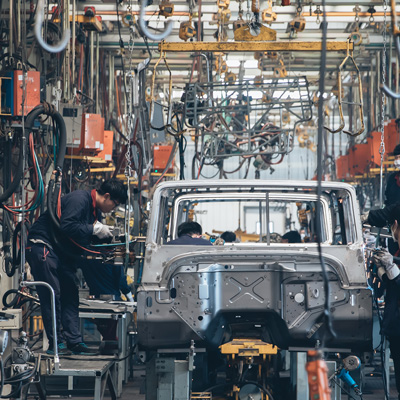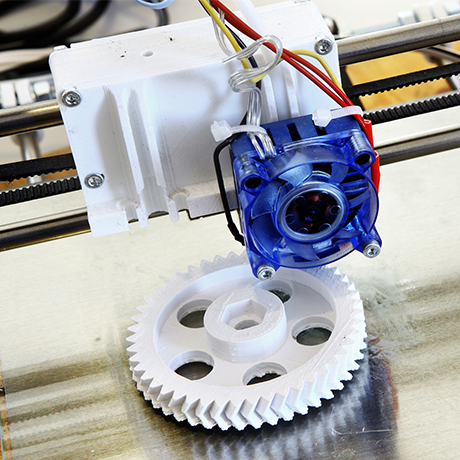By Jerome Bouchard, Geoff Murray, and Lino Stoessel
This article first appeared in Forbes on September 4, 2018.
When it comes to technological and business disruption, the aerospace industry has had it comparatively easy over the past couple of decades. Aircraft got bigger and then smaller and always more efficient, but the way planes flew and the way they were manufactured remained essentially the same.
The economic climate confronting aerospace manufacturers was nothing like the tumult that had rocked airlines since the beginning of the millennium, after a swarm of online travel agencies and price-comparison websites brought pricing transparency to the sector. That upheaval, against the backdrop of the global financial meltdown, chipped away at carrier margins and customer relationships and unleashed a competitive onslaught that forced consolidation.
For aerospace, that period of relative calm is about to end as new technology and customer demands begin to reshape the industry’s business model over the next decade. As this wave of mega-disruption sweeps the sector, aerospace manufacturers should heed a key lesson from the airlines: Incumbents must quickly embrace the big, bold ideas disruption brings — or else prepare to face off against faster-moving players.
A perfect storm
Perhaps mega-disruption may seem a bit dramatic, but the forces bringing change to aerospace over the next decade are all hitting simultaneously, compelling aircraft and component makers to overhaul their manufacturing and repair practices as well as their product lines. The three major categories of disruptors are digitalization, customer demand, and the need to achieve sustainable growth.
To read the rest of the article, please click here.
The pressure is on for aircraft and engine makers to add more sensors to further enhance the real-time picture of what’s happening with planes in flight









